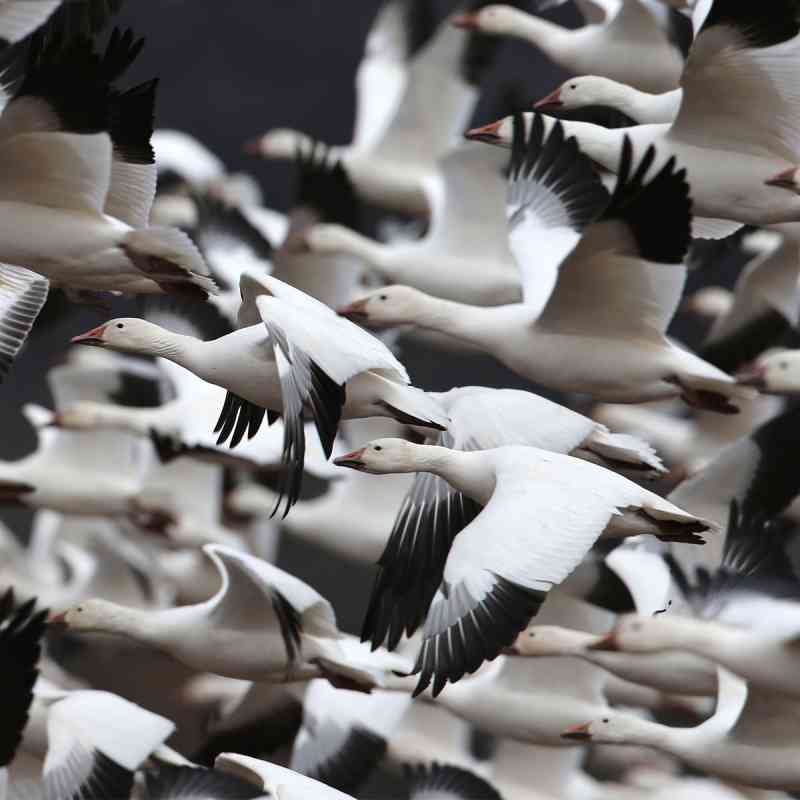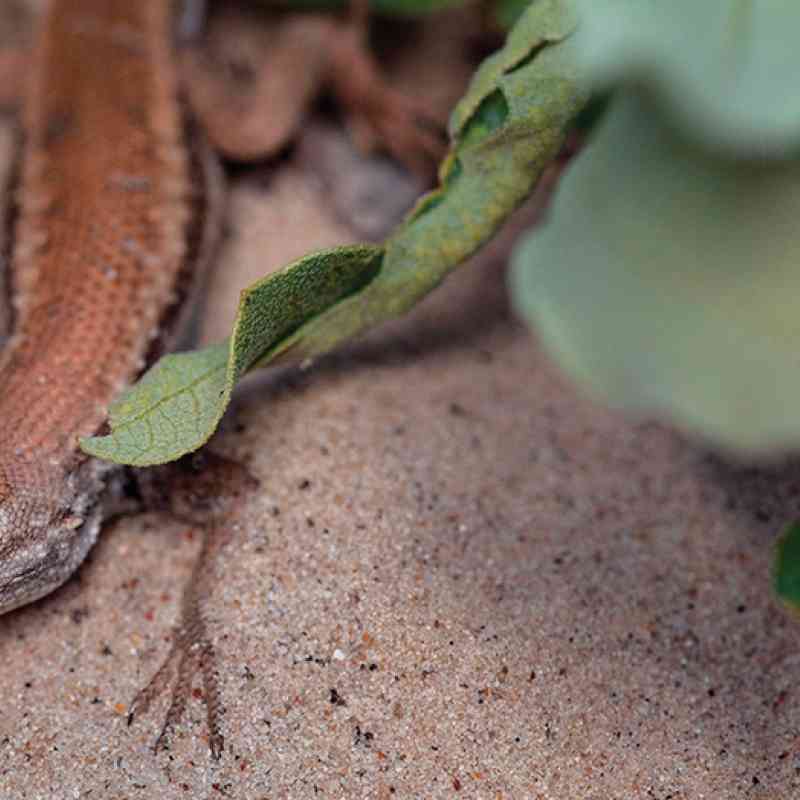Today Defenders of Wildlife published a new in-depth report, Tackling the Extinction Crisis: Increasing Appropriations to the U.S. Forest Service and Bureau of Land Management to Save Endangered Wildlife. The report highlights the importance of lands managed by the U.S. Forest Service and Bureau of Land Management (BLM) for recovering threatened and endangered species and illustrates, with recovery success stories, how funding is essential for getting species off the endangered list.
“The successful recovery of species like the Kirtland’s warbler, Borax Lake chub and others reinforces the fact that increasing funding for BLM and Forest Service recovery programs is important to tackling the extinction crisis,” said Lauren McCain, senior Federal Lands Policy Analyst with Defenders of Wildlife.
Lands managed by the BLM and Forest Service provide habitat for hundreds of plants and animals listed under the Endangered Species Act (ESA) as threatened or endangered. Extinction is forever, and whenever species are lost or depleted, nature’s careful balance is disrupted. Federal lands are increasingly important for maintaining nature and biodiversity and, by extension, our health and wellbeing. Lands administered by the BLM and Forest Service -- which encompass approximately 19% of the country — also provide essential ecosystem services like clean air and water, create ecosystem restoration jobs, and serve as havens for pollinators.
“Prioritizing funding for BLM and Forest Service endangered species recovery programs is vitally important for preventing extinction and maintaining biodiversity and our health and wellbeing, yet the agencies responsible for maintaining these lands are receiving a fraction of what they need. We hope that this report, which shows increasing funding to BLM and Forest Service recovery programs is critical to wildlife and humans alike, will result in more resources for these critical functions,” said McCain.
The report lays out three funding recommendations to Congress that will help reverse the extinction trajectory for species reliant on BLM- and Forest Service-administered lands. They include: establishing and maintaining budget lines for the BLM and Forest Service threatened and endangered species program; increasing appropriations to a level that ensures that the agencies can fully carry out their obligations; and strengthening reporting mechanisms that demonstrate the connection between investment and recovery outcomes.
Addressing biodiversity loss and preserving imperiled species and the ecosystems on which they depend is one of the most important and significant challenges of our time. The examples of actions agencies have taken to help recover species—including those of the black-footed ferret, greenback cutthroat trout and Inyo California towhee— provide hope and evidence that recovery is possible. More resources to the agencies charged with this important work could make the difference between survival and extinction for some of these plants and animals.
For over 75 years, Defenders of Wildlife has remained dedicated to protecting all native animals and plants in their natural communities. With a nationwide network of nearly 2.1 million members and activists, Defenders of Wildlife is a leading advocate for innovative solutions to safeguard our wildlife for generations to come. To learn more, please visit https://defenders.org/newsroom or follow us on X @Defenders.


